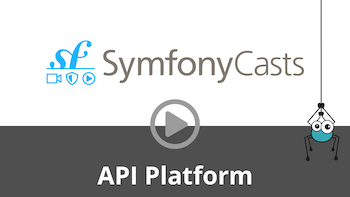Deploying API Platform Applications
API Platform apps are super easy to deploy in production thanks to the Docker Compose definition and to the Kubernetes chart we provide.
We strongly recommend using Kubernetes or Docker Compose to deploy your apps.
If you want to play with a local Kubernetes cluster, read how to deploy an API Platform project on Minikube.
If you don’t want to use Docker, keep in mind that the server application of API Platform is a standard Symfony project, while the Progressive Web Application is a standard Next.js project:

Watch the Animated Deployment with Ansistrano screencast
Alternatively, you may want to deploy API Platform on a PaaS (Platform as a Service):
You can also help us improve the documentation of this page.
